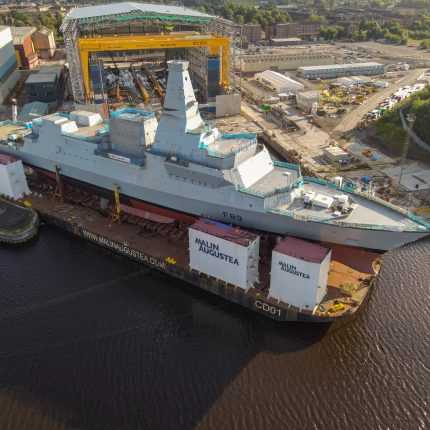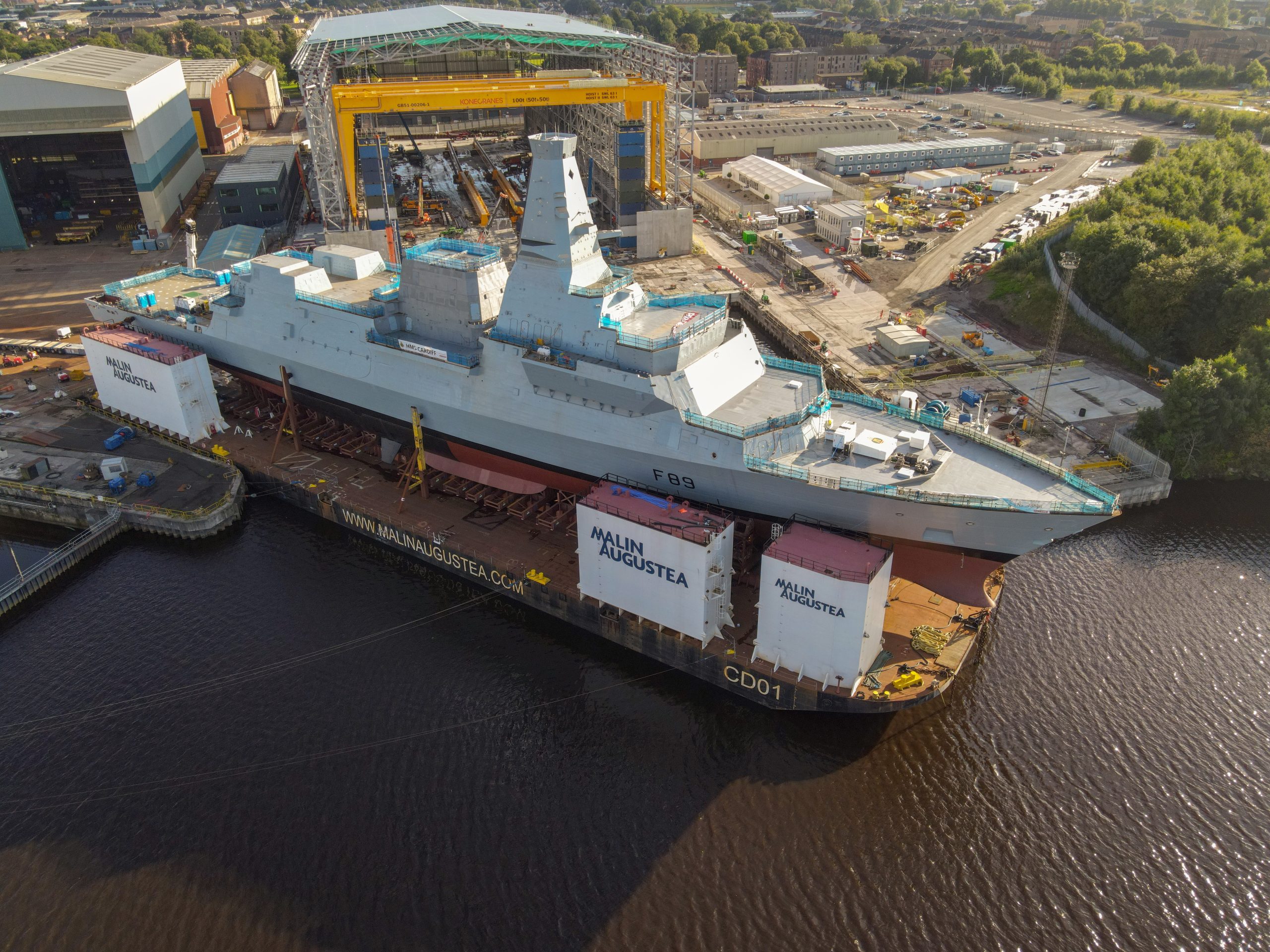
14 Jul 2025
Slashing taxes and regulations for businesses and lowering energy prices would help boost our flagging defence capabilities
The Type 26 frigate programme, once hailed as a beacon of British naval innovation, has stumbled over a series of obstacles. These are not isolated incidents, but indications of wider failure which reveal much about our national industrial capabilities and programme management.
When Britain embarked on the programme, the objective was clear: to build a modern vessel proficient in anti-submarine warfare (ASW) in both the North Atlantic and the Indo-Pacific, and capable of quiet operation. The Royal Navy’s ambition to meet stringent ASW standards required advanced technology, leading to the development, for example, of a highly specialised gearbox derived from submarines.
But ambition soon clashed with industrial reality. Awarded to a company in Huddersfield in 2015, the gearbox project fell foul of Britain’s diminished industrial base. The expertise needed to produce it had atrophied, requiring the manufacturers to relearn skills and increase capacity. The initial gearbox was delivered late and failed to meet standards, resulting in costly modifications to HMS Glasgow and adding £233 million to the programme.
Poor communications have also hampered procurement. The Ministry of Defence was not informed of the gearbox failure until 20 months after the problem was identified. This delay was later confirmed during a Defence Select Committee hearing in November 2022, underscoring clear issues in transparency and management.
The Type 26 programme is emblematic of a deeper issue: the dissonance between Britain’s advanced defence ambitions and the current state of our industrial base.
Innovation often outpaces the readiness of our supply chains which can derail entire projects. In this case, the decision to rely on a bespoke gearbox, without viable commercial alternatives, created a single point of failure that jeopardised the project’s timeline, cost, and credibility.
These issues have also had an impact on its allies. Australia, having selected the Type 26 design for its Hunter-class frigates, has voiced significant concerns. A formal review by the Australian Department of Defence in 2022 expressed “low confidence” in the vessel meeting ASW performance expectations or being delivered on schedule. This is particularly alarming for a nation facing Chinese expansionism in the Indo-Pacific.
Delays in delivery have further compounded Australian frustration. The Japanese government has stepped in, offering a fleet of new multi-purpose frigates with guarantees of timely delivery. Japan’s proactive stance contrasts sharply with the protracted delays experienced with the British Type 26 programme.
The 2025 Strategic Defence Review signals a potential shift in approach. Instead of increasing the Royal Navy’s escort fleet, the focus has turned towards using autonomous and uncrewed systems to enhance existing platforms. This could indicate a move away from complex, high-risk procurement programmes towards more flexible capabilities. But this will not address the capability gap between the older Type 23 frigates being retired and ahead of the introduction of the Type 26.
The Type 26 programme, while not a failure, serves as a cautionary tale. Its eventual success may provide the Royal Navy with some of Nato’s most advanced ASW capabilities, but the delays and cost overruns are a stark reminder of the challenges inherent in pursuing advanced technologies in isolation. Staying ahead of our enemies requires not only innovation but also realistic timelines, transparent management, and a resilient industrial base.
Defence planners should be more explicit about these trade-offs, so that our politicians can make better informed decisions when it comes to long-term procurement. Like in so many areas, slashing taxes and regulations for businesses and lowering energy prices would also go a long way in helping Britain’s defence industry mitigate the industrial decline which is currently harming our ability to defend ourselves.
A more realistic alignment between our defence ambitions and our industrial capabilities might prompt serious investment in the latter. Serious failure in multi-decade procurement endeavours is a luxury Britain can no longer afford.


